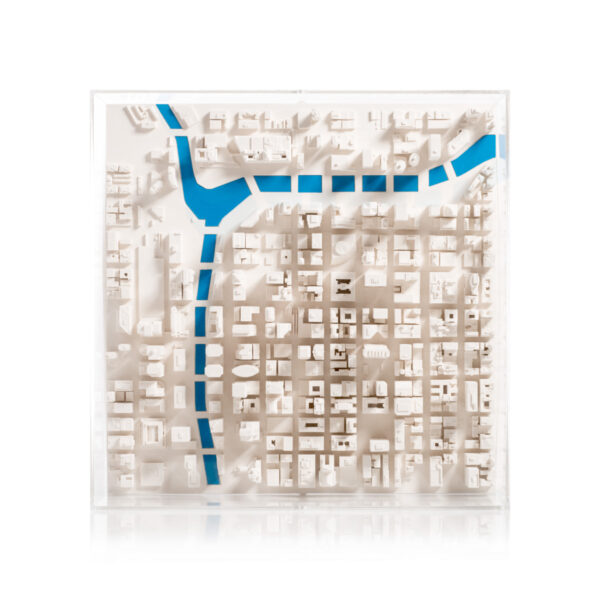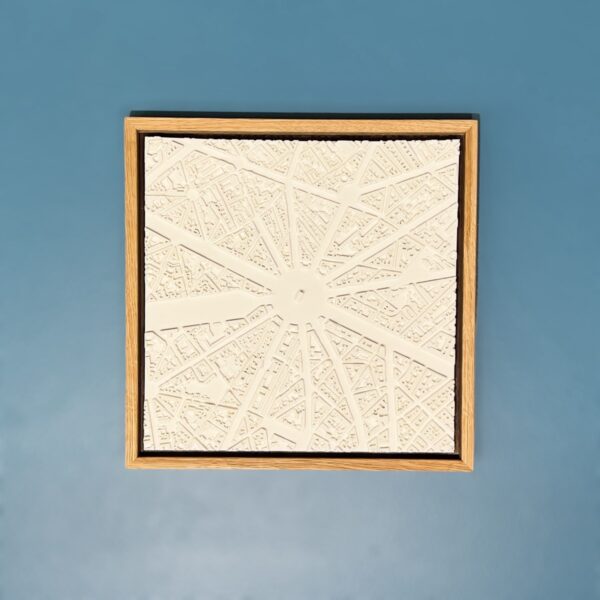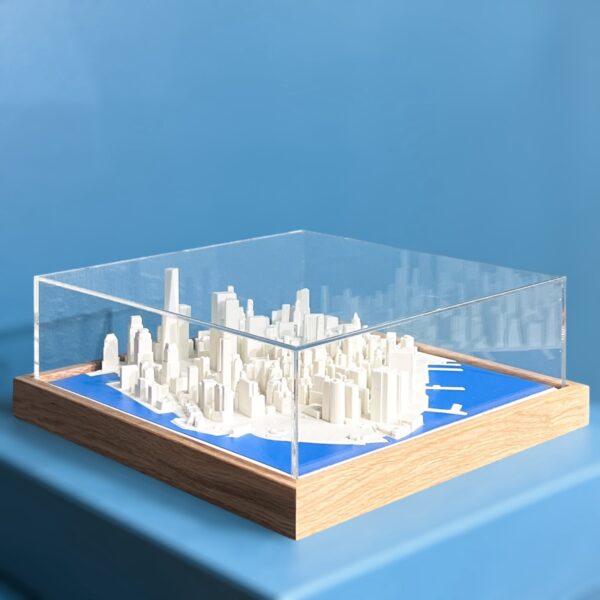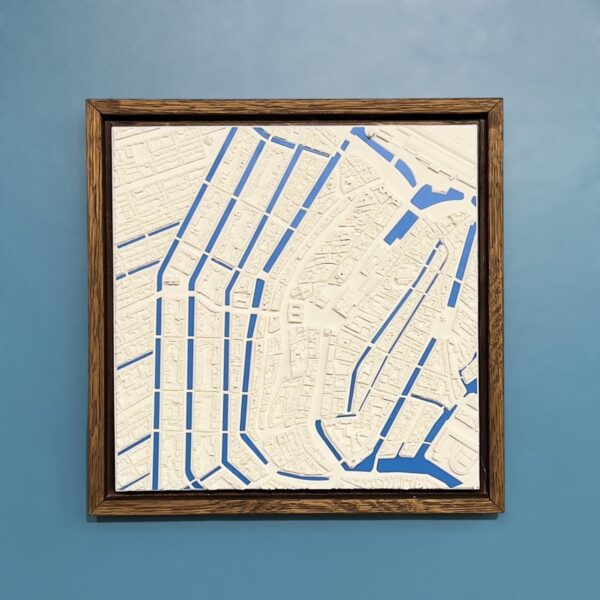Chicago ‘blue river’ cityscape 1:5000 (back catalogue)
Model ships within 10-15 working days.
Price includes shipping, tax and duty.
£275.00
A 3d map of downtown Chicago at 1:5000. A single plaster tile measuring 30x30cm encapsulated in a beautiful perspex frame. The model can wall hang or be displayed on a desk or table top.

Sustainably Crafted
We all want the world to be a better place. We are trying to do our bit. We reuse, recycle and use less where we can. We search out sustainable local suppliers. We sponsor grassroots sports for the local youth, donating both money and time. We sponsor local environmental projects. We know we can do more but we're making a start!
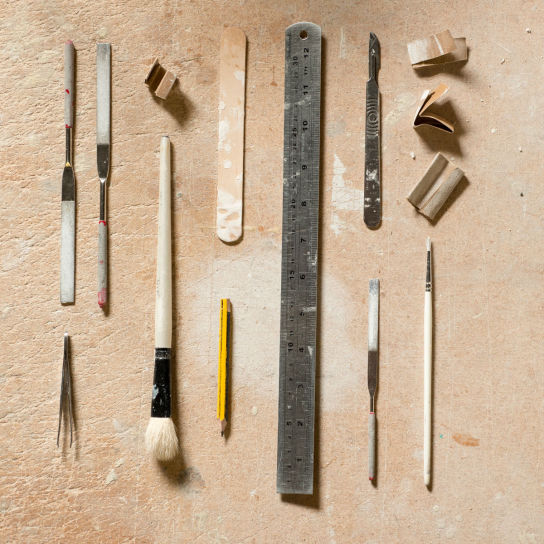
Handmade
We hand make all of our models. Chisel & Mouse is the combination of an artisan’s approach (the chisel) with modern innovation and transformative technologies (the mouse). By capturing life and its big ideas in miniature, the brand celebrates the beauty of our industrialised world.
Goes well with...
What are collectors say...
John from Yorkshire
Parcel arrived safely this morning…thank you.rnI would just like to say it is a magnificent and beautiful thing!rnYou have captured the essence
Kate Davies from London
My colleagues kindly gave me the Isokon flats sculpture for my birthday. I am the Chief Executive of the Notting Hill Housing
Arjan from Breda
The buildings are beautiful. I enjoy the looks and the perfection. Thanks
tony from douro
Lisboa please! Or the centre of São Paulo with Niemeyer’s Copan building!
Christopher from London
It’s so refreshing to be dealing with such a professional company. There just aren’t many companies out there with such a great
